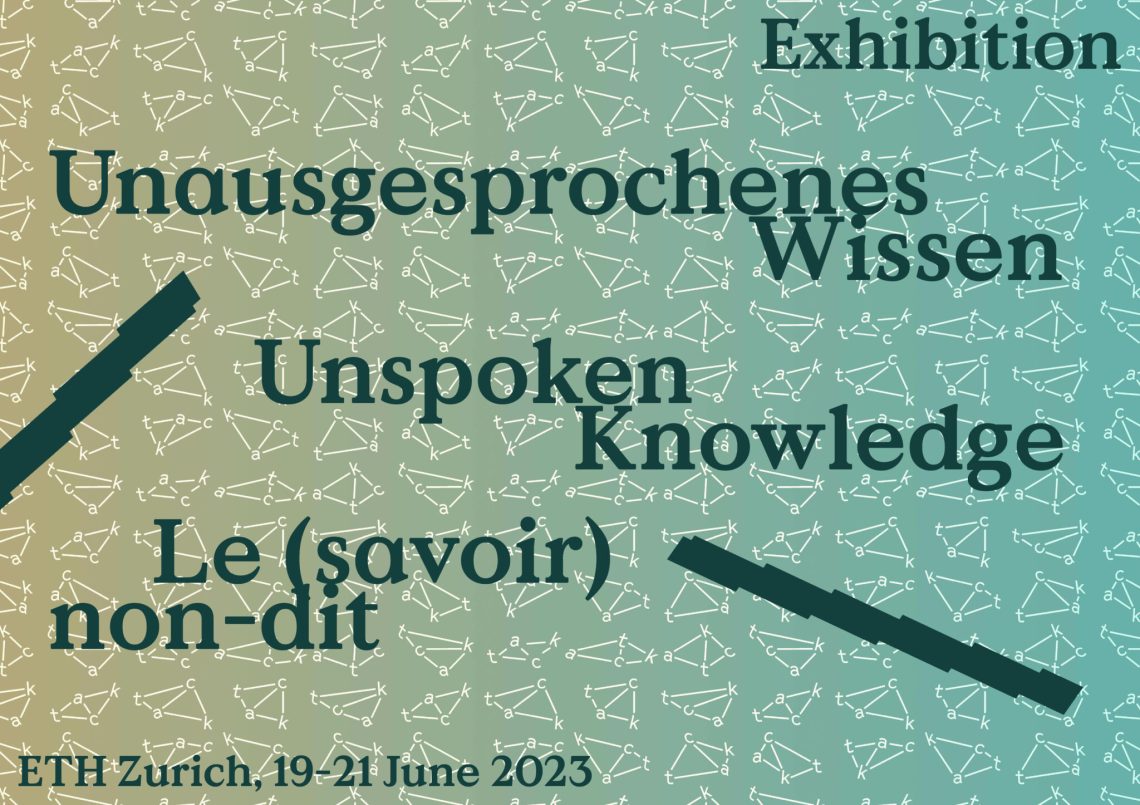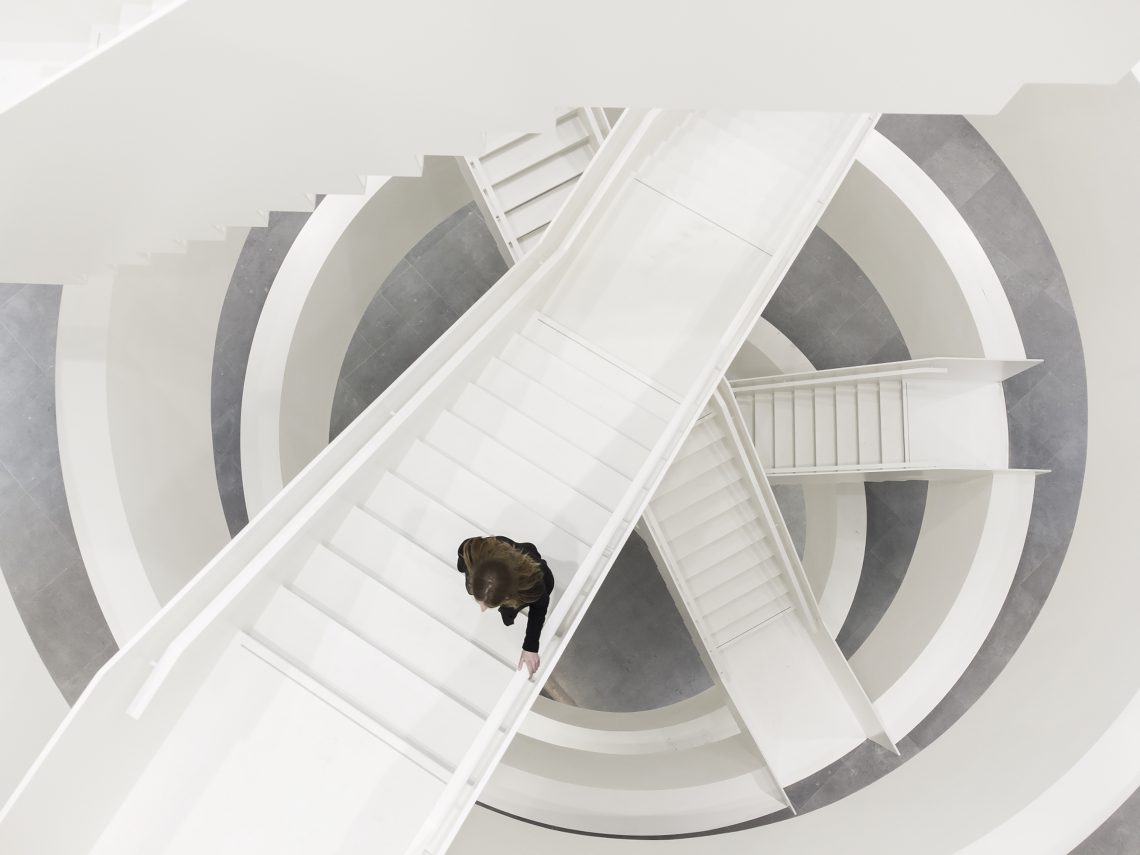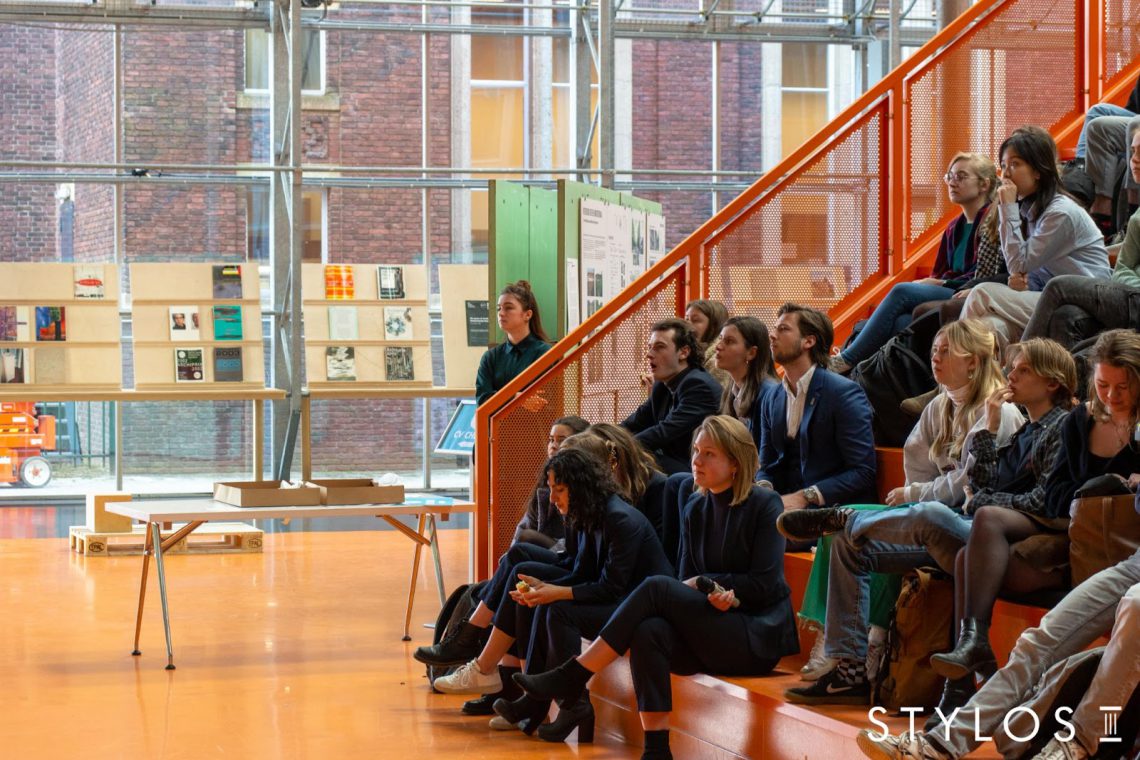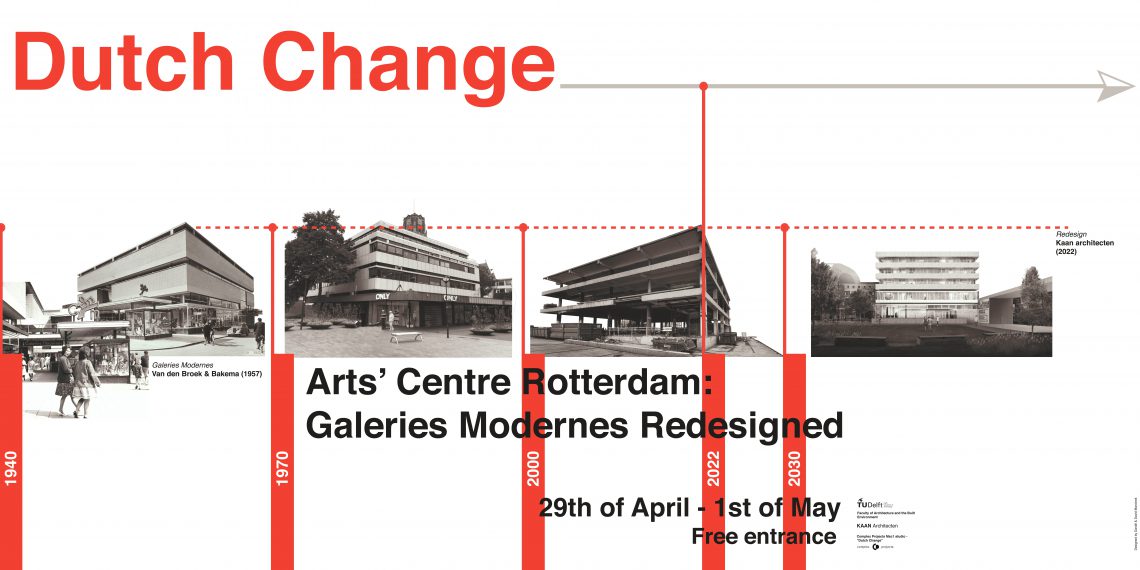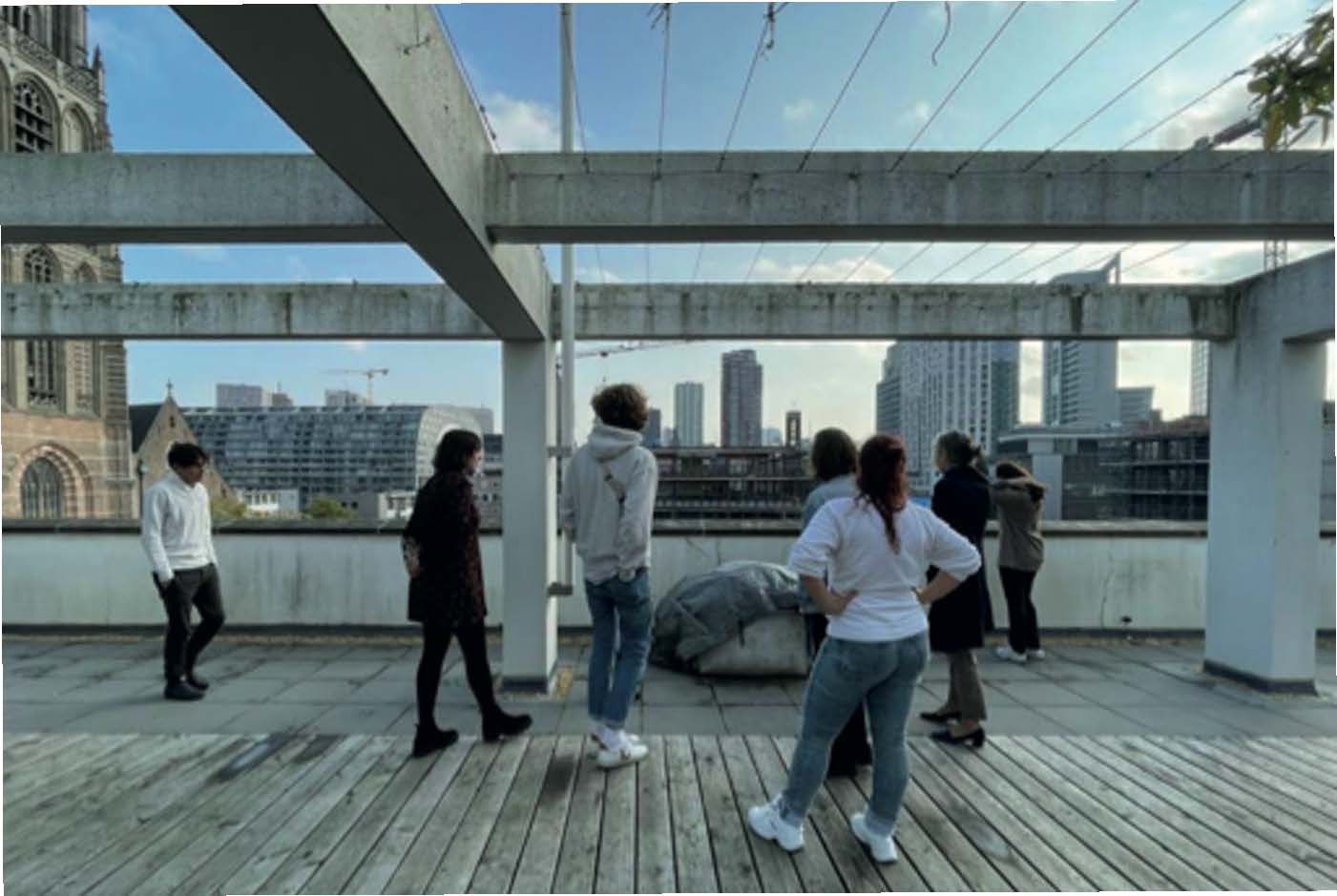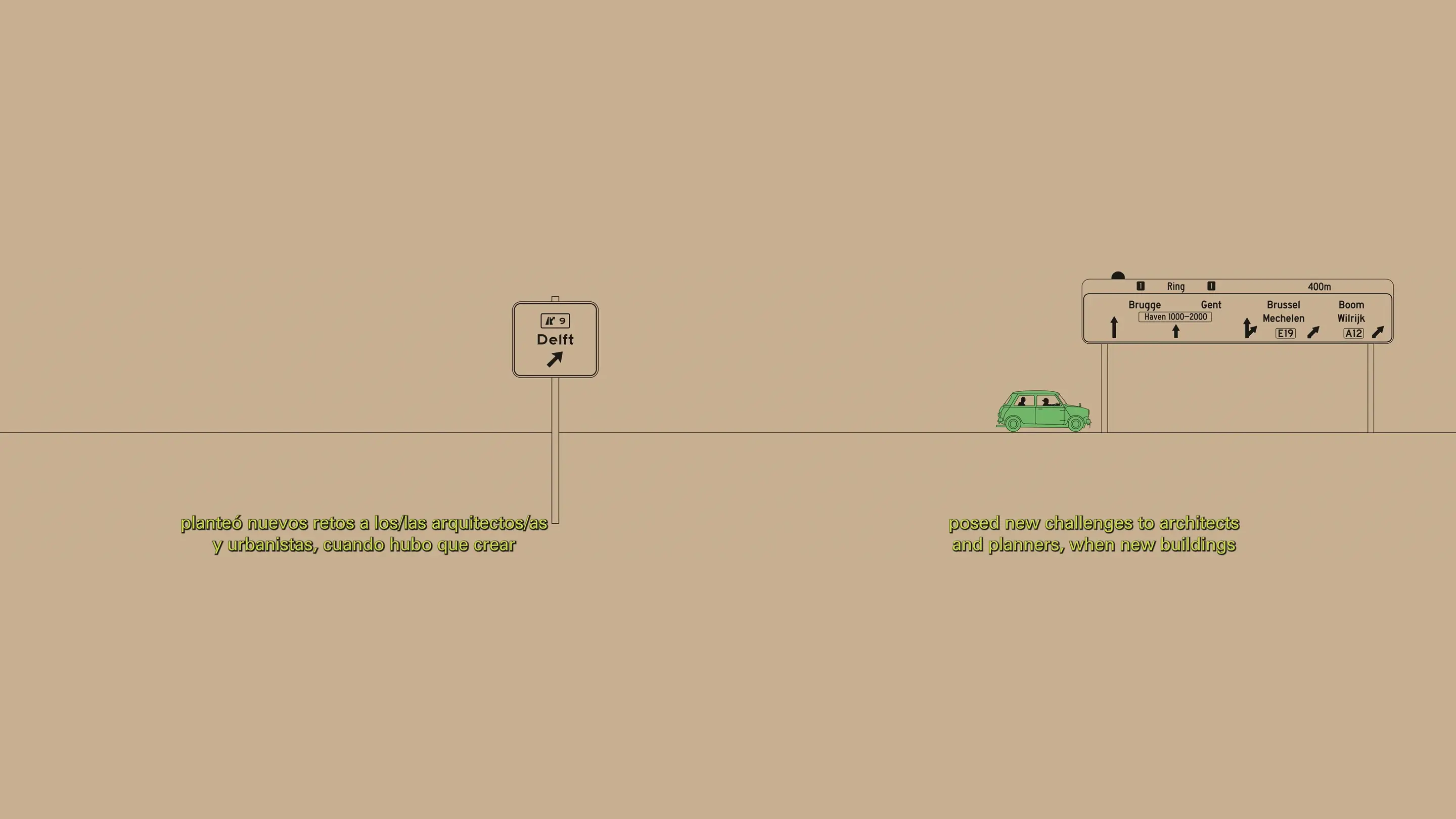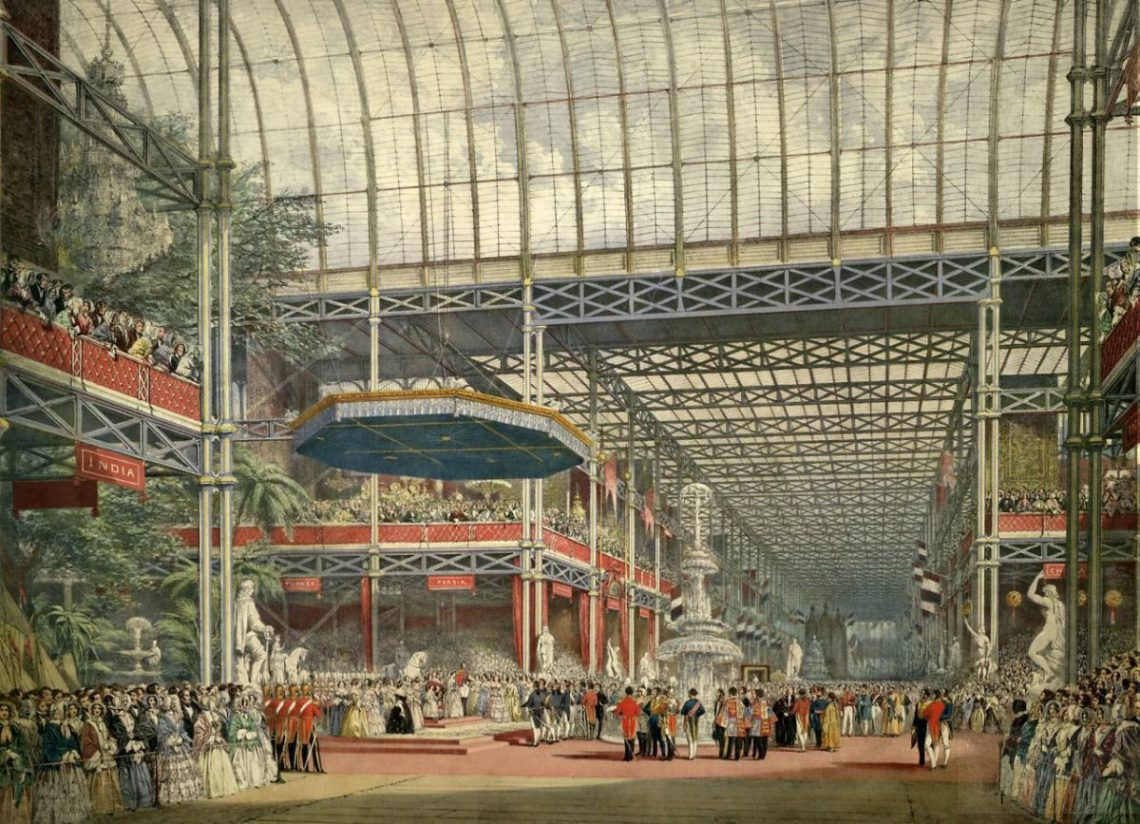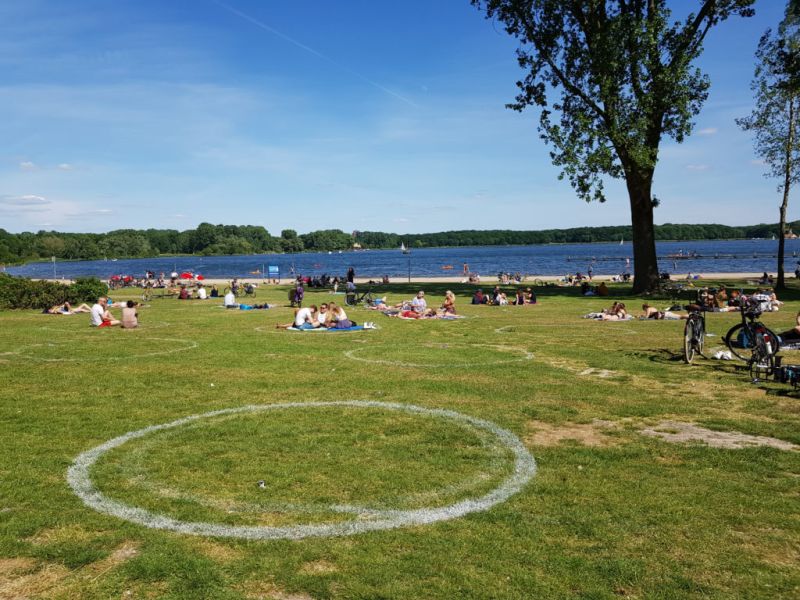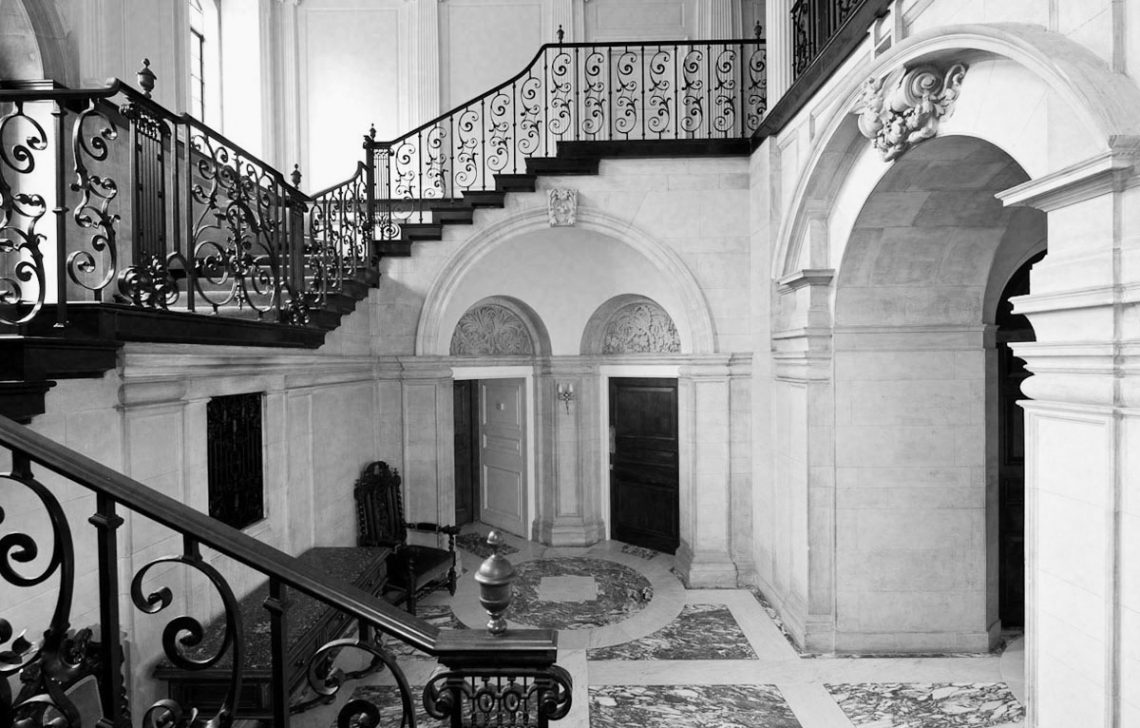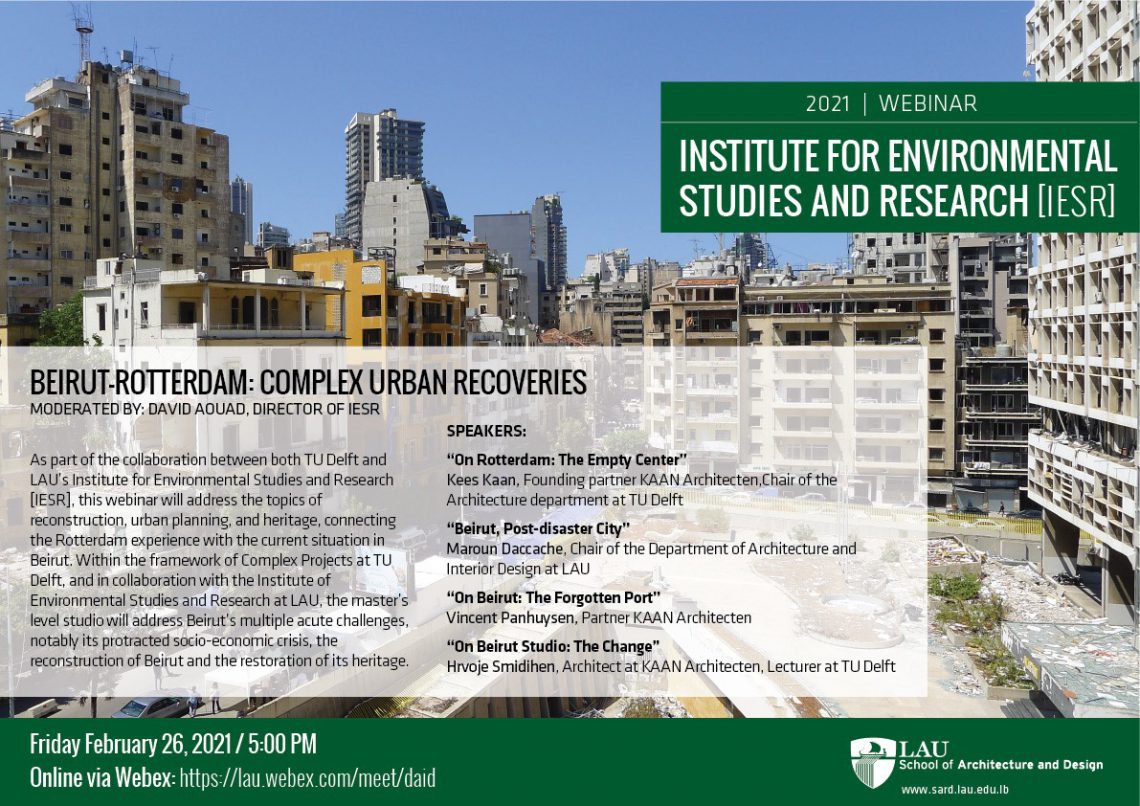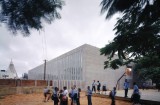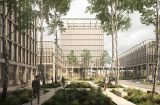‘The Art of Architecture’ – a column by Dikkie Scipio
Dikkie Scipio continues her quarterly columns for 'de Architect' magazine. The latest column is dedicated to Harm Tilman on the occasion of his departure from the editor position in the magazine. Read the full essay below!

available in Dutch here
Long ago I walked into the great cube – the lecture hall of the predecessor to the Rotterdam Academy of Architecture. The academy was housed in Het Blaakse Bos, the ‘forest’ of cubes designed by Piet Blom (1934-1999) spanning the Blaak boulevard. The plan also included the stubby residential tower known locally as The Pencil and the Spanish Quay, which was the element that prevented, so Piet proudly claimed later, the extension and conversion of the Mariniersweg into a ‘motorway’ straight over the Wilhelmsbridge to Rotterdam Zuid. The project was completed in 1977. Piet Blom was a committed advocate of Structuralism, a movement that turned away from the stark functionalism of CIAM after its last congress in 1959. Structuralists fiercely opposed industrialized prefab building systems and urban planning that focused on facilitating automobiles without considering urban identity, which they accused the CIAM functionalism of doing. As an alternative approach, the movement sought to assemble structures composed of smaller units that respect the human scale.
By the 1980s the once popular Social Housing department of the government was gone. And enthusiasm for both Rationalism and Structuralism extinguished. The architectural quality of prefab building systems had been reduced to naught and architectural quality within the context of civic engagement or self-build had been cast aside. In retrospect, the polarity gave us nothing in return.
Although I studied architecture and not urban planning, I rarely missed the lectures given by Harm T. His favourite subject at the time was Hilberseimer. The irony of the location is not lost.

Ludwig Karl Hilberseimer
Ludwig Karl Hilberseimer (1885-1967) studied architecture at the Karlsruhe Technical University, and though he did not complete his studies, he replaced the degree with a short apprenticeship at the firm of Peter Behrens in Berlin. After this he developed into a critical thinker and writer covering topics like art, architecture and urban planning. He is exemplary of a generation of socially engaged architects and planners who were in search of better housing and a better city, to solve the urban problems that had resulted from the Industrial Revolution of the 19th century. It was 1924 – so four years before CIAM was founded – when he published his High-Rise City design, an organizational model based on the contemporary social, technological and economic context. It was presented as a vertical city in which the increasingly important automobile is separated from the pedestrian. While it was an urban planning paradigm, it was meant to serve first and foremost as a model for the architecture of a new world.
In 1929 Hilberseimer was invited to teach at the renowned Bauhaus. Here he met Ludwig Mies van der Rohe, who then left for Chicago in 1936, having been invited to head the school of architecture there: the Armour Institute of Technology (now Illinois Institute of Technology). When the Nazis labelled Hilberseimer problematic and extreme left, he decided to follow his friend to Chicago. It was 1938 and Hilberseimer was already 53.
In Chicago he developed the model for the Decentralized City. In contrast to the High-Rise City, this was a horizontal model. The biggest difference between the two was that the Vertical City was based on a concentration of production and housing, separated from the countryside which meant infinite potential expansion, while the Horizontal City was based on a closer relationship between city and countryside. Agriculture, industry and housing are satellites in the landscape and growth can occur by way of multiplication rather than spread. This model, too, was intended for the development of an architecture that suited the new conditions of urban living.
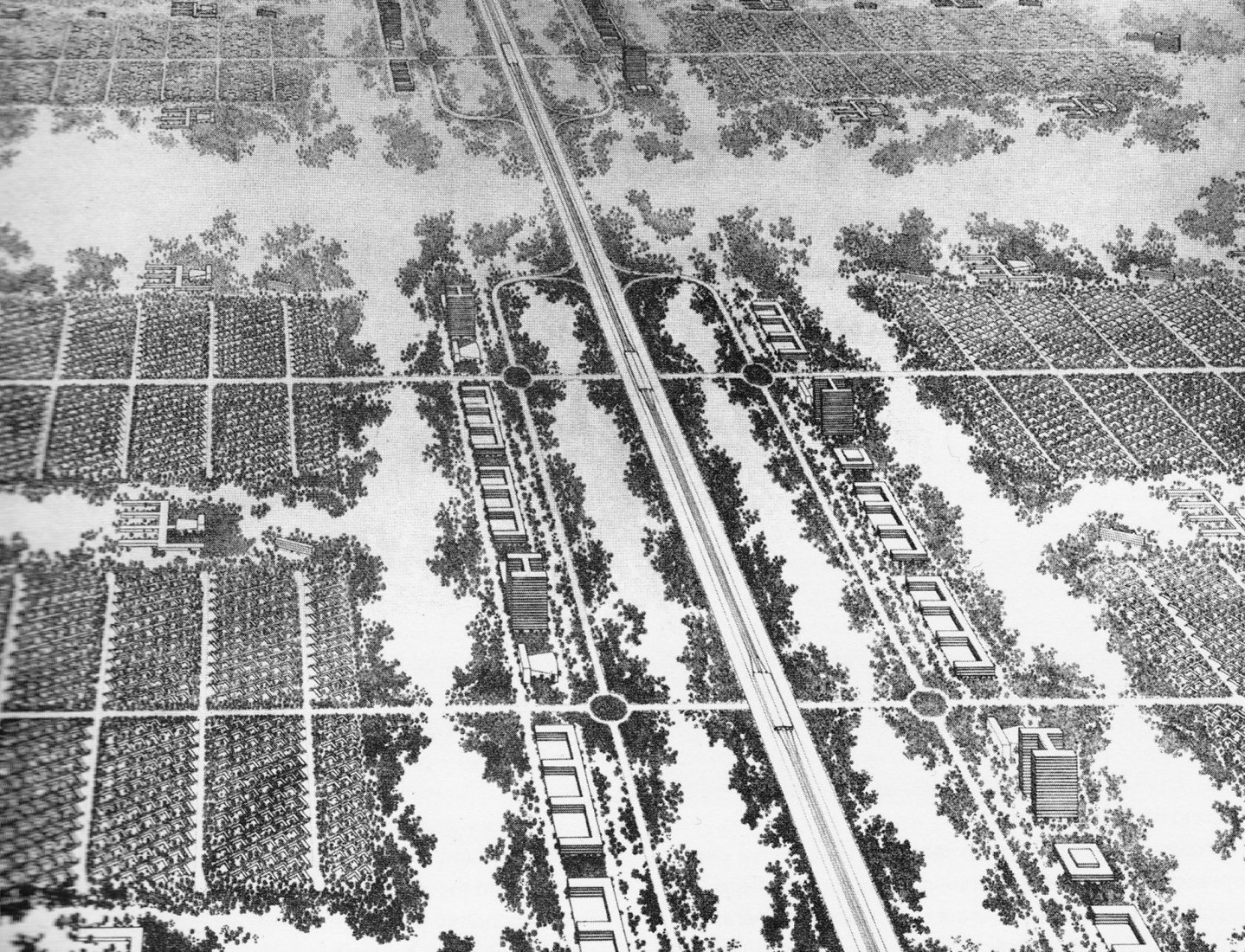
Ludwig Hilberseimer – Decentralized City
Hilberseimer’s ideas are still worth studying, certainly now that we are rethinking the city-countryside balance and revisiting social housing needs. The calls for faster and greater housing production has resulted in a renewed fascination with, on the one hand, mass industrialized prefab production, and on the other, the human scale and its translation into self-build projects. This is happening despite the fact that social housing would benefit most from architecture built on the basis of long-term quality goals. This kind of quality involves more than form or function and serves our everyday environment as a whole.
Hilberseimer’s theories strive to harmonize structure and form. What is interesting about his work, is that he always saw architecture as grounded in the sociological and technological possibilities on offer. In this he did not take a position between either form or function. Without function, without the rationale behind the architecture, a building is no more than an assembly of shapes. Without reasoned principles, architecture would merely be technical construction. Ultimately, Hilberseimer considered architecture the most sublime form of art.
I am so very grateful to Harm. Until we meet again in the next adventure!
Prof. Dikkie Scipio
for De Architect
1st quarter 2021
